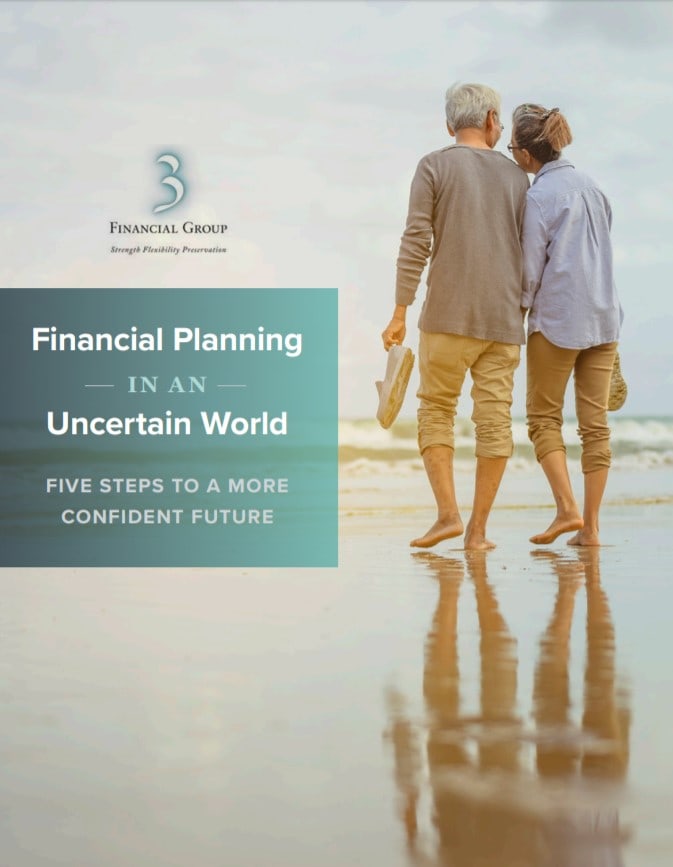Time is something we have very little control over, and yet complete control over. We cannot extend time nor can we shorten it. Yet, we have complete control over the consequences of its use. How we employ time can be a significant contributor whether we are happy or miserable.
Time to An Investor
Investors are constantly making decisions based on time. We discuss “short term” and “long term” with respect to our financial goals. We analyze performance over certain periods of time (3 year, 5 year, 10 year). And we make important financial decisions based on economic and market data over an interval of time.
Because the market is unpredictable and highly variable in the short term, investors that choose short time increments to evaluate their situation may experience more stress as headlines and market direction change often. Moods may be volatile as well, ranging from giddiness on good days to being the person no one wants to be around on bad days.
Investors that evaluate performance over longer periods of time take a bigger picture approach, and aren’t concerned with day-to-day market movements and noise of the news outlets. This allows them to focus their attention on those things that really matter in life.
What is the Right Term?
So how often should investors evaluate their portfolios? There is no right answer for everyone. Having said that, volatility and variability rule in the short term. The more often we look, the more often we will witness volatility – which could cause stress and influence us to make hasty decisions. When we evaluate over the long term, we see less variability and more wealth creation.
When all is said and done, we are our own agents pertaining to how we spend our time. And how we spend our time is a contributing factor to our personal happiness. In all my years as a financial advisor, I have yet to meet anyone that said, “I wish I had spent more time looking at my portfolio.”
(c) 2018 The Behavioral Finance Network. Used with permission.

